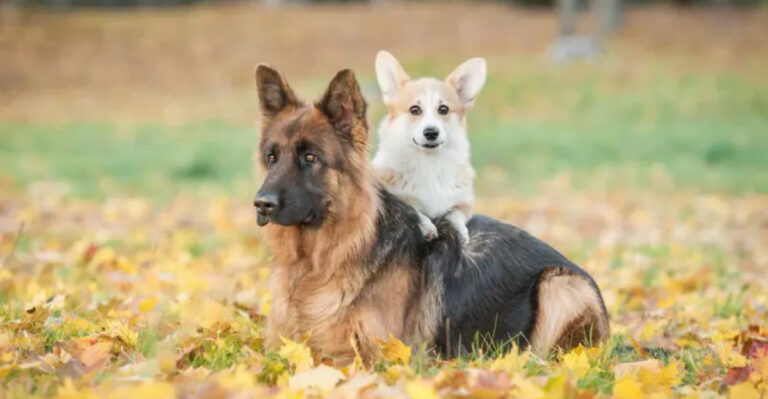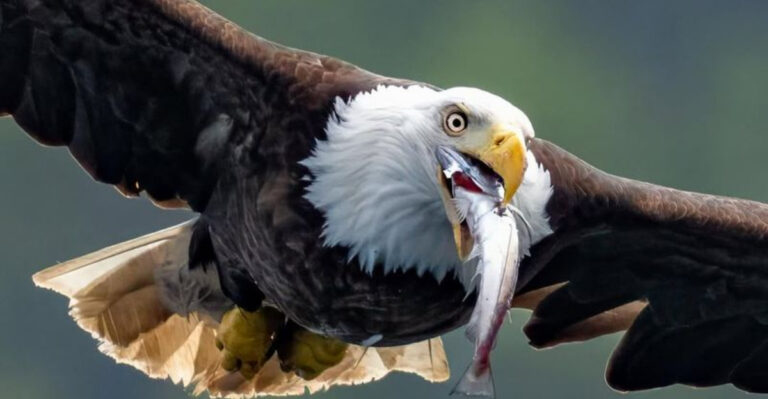14 Fascinating Ways Dogs Communicate Without Barking
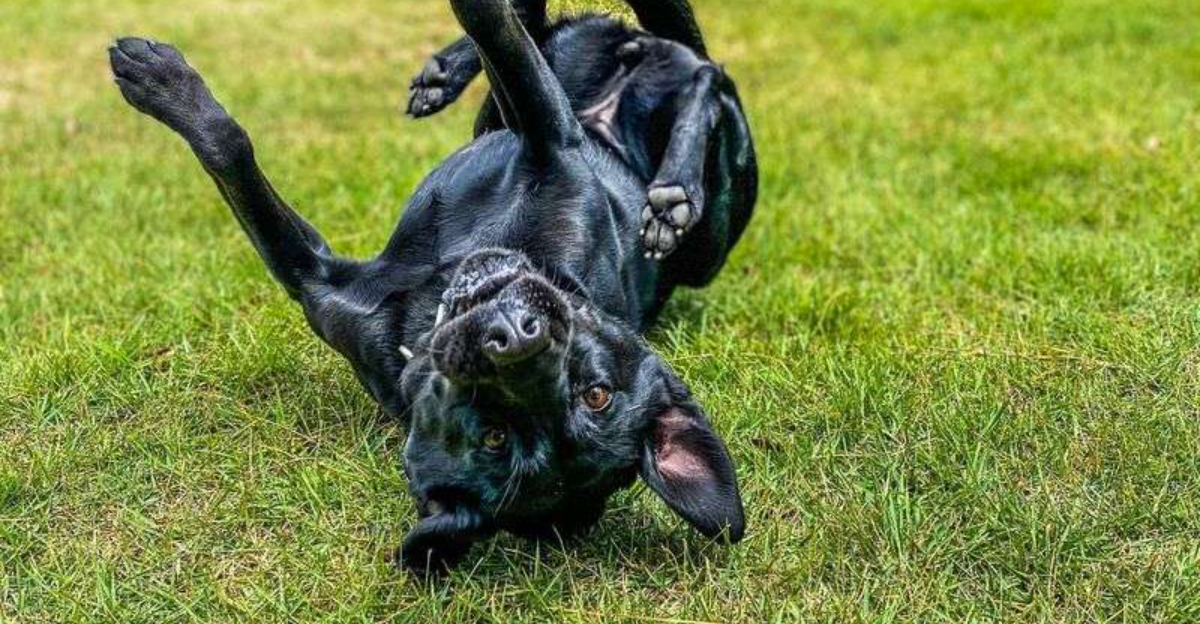
Dogs may be known for their barking, but there’s so much more to their communication style than just sound.
From the way they wag their tails to the way they position their ears, dogs use a wide variety of body language and subtle gestures to express themselves.
1. Whisker Sensitivity

Dogs use their whiskers to sense changes in their environment and communicate how they’re feeling. Whiskers are highly sensitive and can detect vibrations, air currents, and nearby objects.
If a dog’s whiskers are pointing forward, they might be curious or engaged, while whiskers pulled back close to their face can indicate nervousness or uncertainty.
2. Hiding

When a dog hides or seeks out a secluded spot, it’s a form of communication about their emotional state. It can be a sign that they’re feeling stressed, anxious, or even unwell.
Dogs often retreat to a quiet, safe space when they need comfort or time to process overwhelming feelings. It’s their way of saying they need a break from social interactions or environmental stressors.
3. Tail Wagging
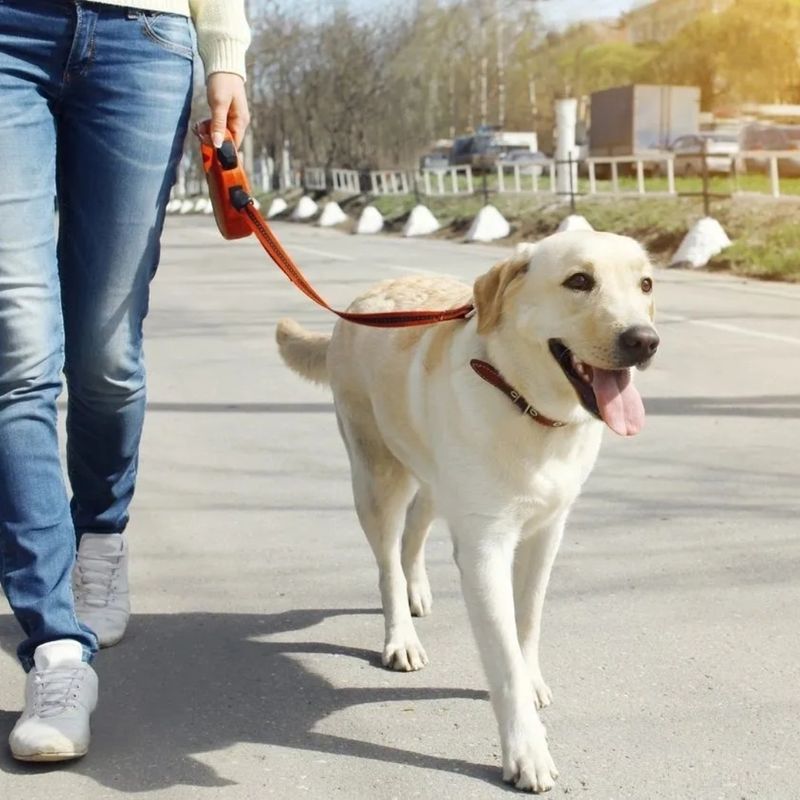
A wagging tail isn’t always a sign of happiness—dogs use their tails to communicate a wide range of emotions.
The speed, position, and movement of their tails can tell you whether they’re feeling excited, anxious, submissive, or even aggressive. A wagging tail to the right can signal happiness, while a wag to the left might indicate unease.
4. Ear Position
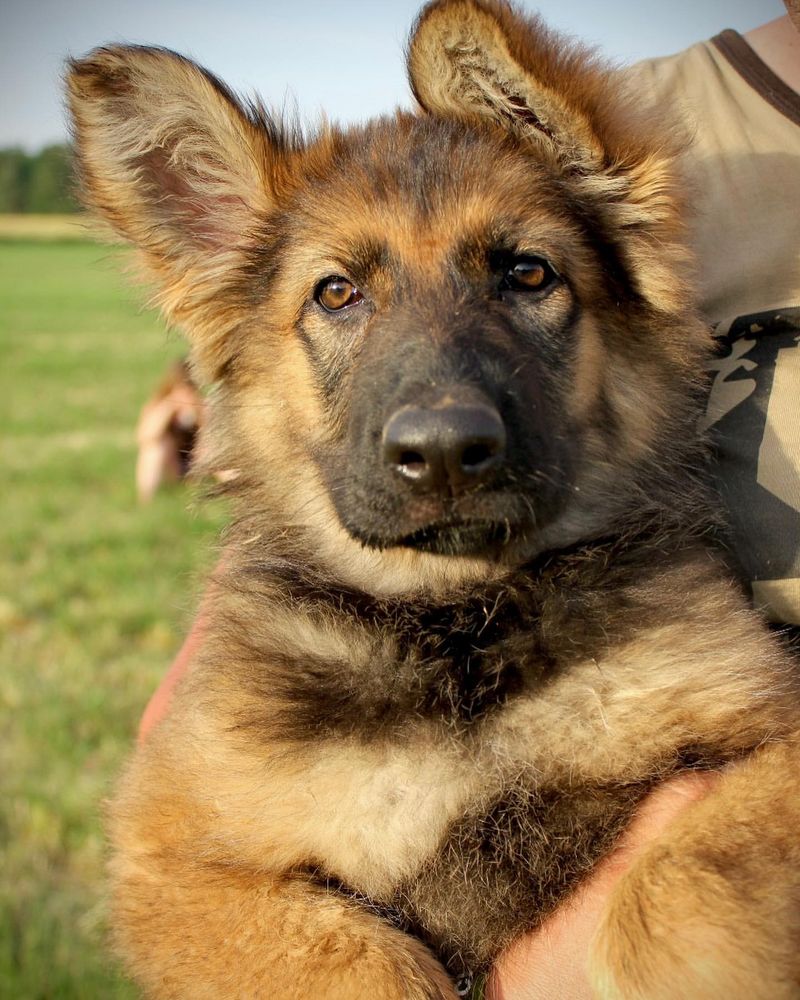
Dogs use their ears to communicate just as much as they do their tails. When a dog’s ears are perked up, it often means they’re alert or excited.
If their ears are pinned back, it can indicate fear, anxiety, or submission. A relaxed ear position usually signals contentment, while forward-facing ears show interest or curiosity.
5. Body Language
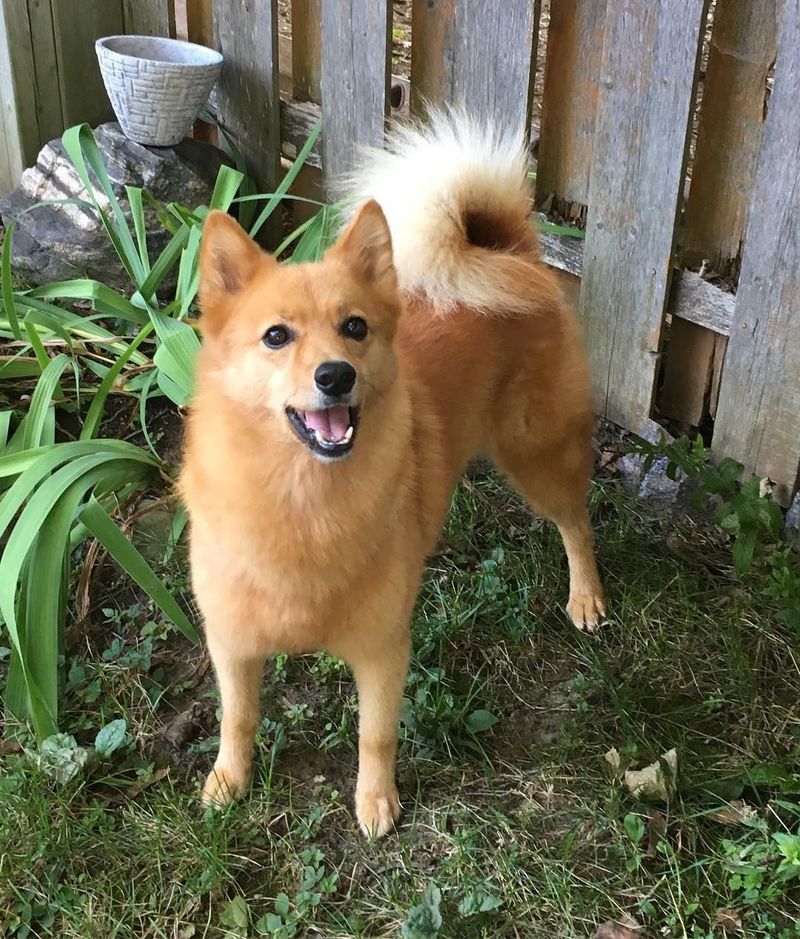
A dog’s body posture speaks volumes. If they’re standing tall with their body stiff and tense, they could be feeling threatened or on guard.
A relaxed, wiggly body shows a dog is feeling friendly and open. If a dog crouches low to the ground or bows, it’s often an invitation to play!
6. Eye Contact

The way dogs use their eyes can convey many different emotions. Soft, relaxed eyes with slow blinks are often signs of affection and trust.
Intense staring can indicate dominance or a threat. On the other hand, dogs may avert their gaze to show submission or deference to a higher-ranking dog (or human).
7. Facial Expressions
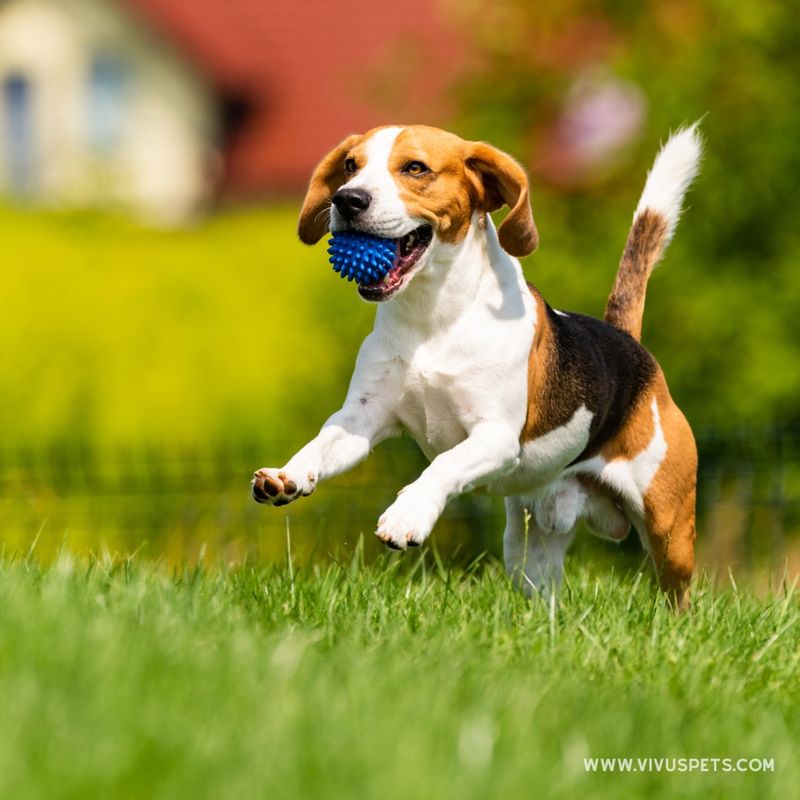
Much like humans, dogs express their emotions through their faces. A relaxed, slightly open mouth indicates contentment, while a closed mouth or lip curl could signal frustration or aggression.
Raised eyebrows can show curiosity, and wrinkled foreheads often indicate worry or confusion.
8. Yawning

You might think yawning is just contagious, but for dogs, it can be a form of communication. Dogs often yawn to signal relaxation or to alleviate stress in uncomfortable situations.
If your dog yawns when you’re about to leave the house, it could be a sign that they’re feeling anxious or stressed about the separation.
9. Paw Lifting
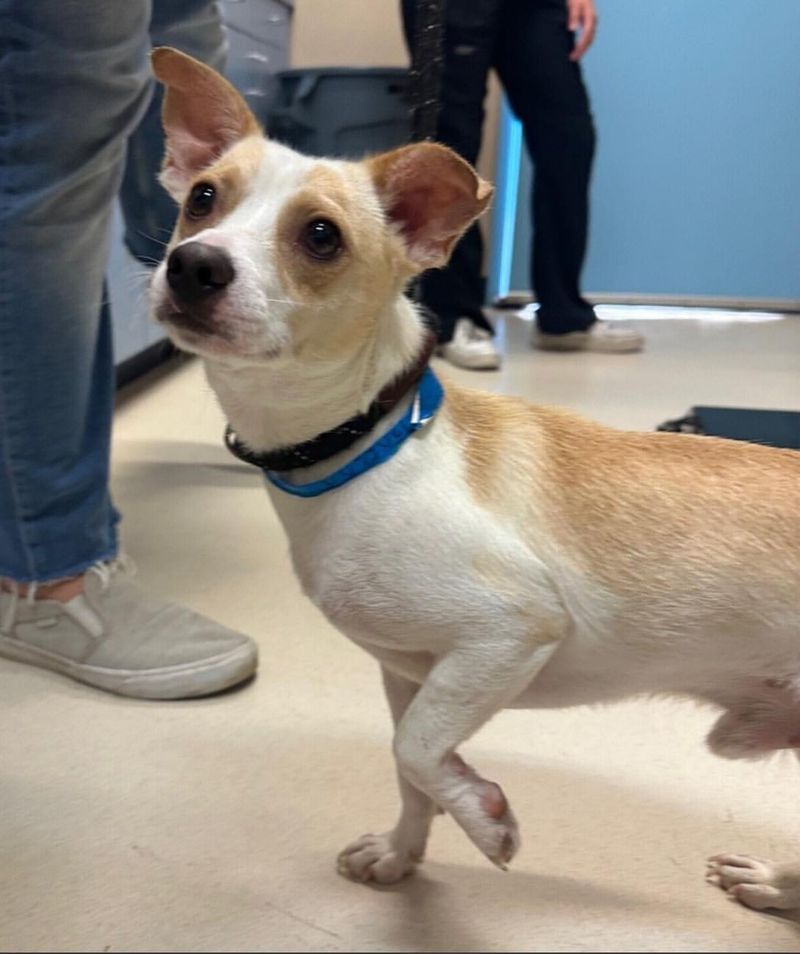
Dogs may lift their paw when they’re unsure or hesitant, often as a signal of curiosity or an attempt to gauge a situation. It’s a subtle way for them to communicate uncertainty.
They might also use it to show affection, as it can be a sign of reaching out for connection.
10. Tilting Head

Dogs may lift their paw when they’re unsure or hesitant, often as a signal of curiosity or an attempt to gauge a situation.
It’s a subtle way for them to communicate uncertainty. They might also use it to show affection, as it can be a sign of reaching out for connection.
11. Licking

Licking isn’t just a sign of affection—it can also serve as a form of communication.
Dogs may lick their owners’ faces or hands to show submission, affection, or to solicit attention. In the wild, licking can be a social gesture to reinforce bonds between pack members.
12. Sniffing
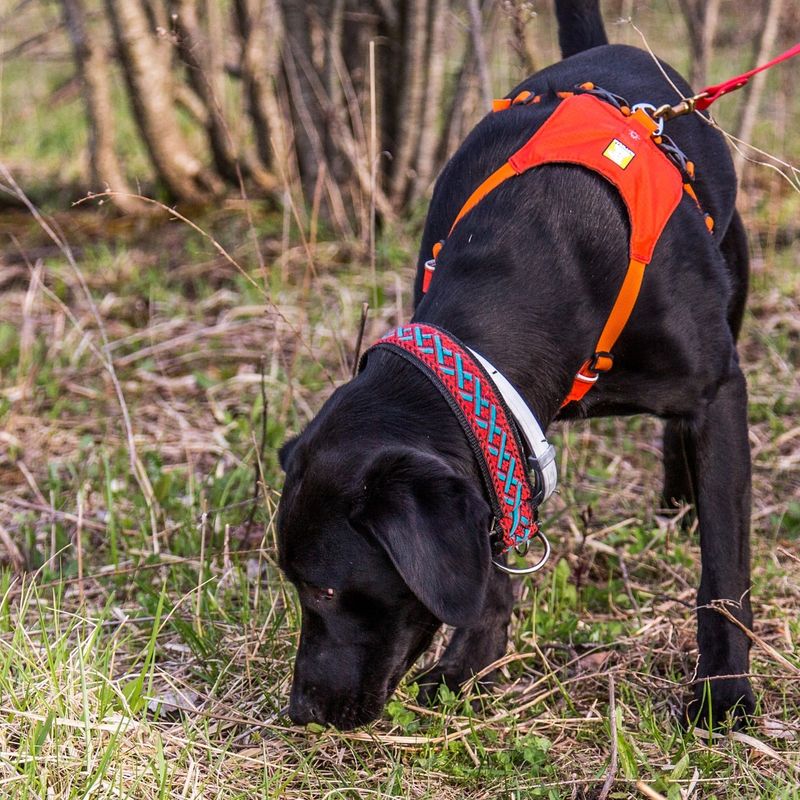
Dogs are known for their amazing sense of smell, and they use this sense as a primary way to communicate.
Sniffing can help a dog gather information about another dog’s identity, age, and health, or it could be a way for them to explore their environment. It’s their natural way of getting a “read” on a situation or individual.
13. Rolling Over
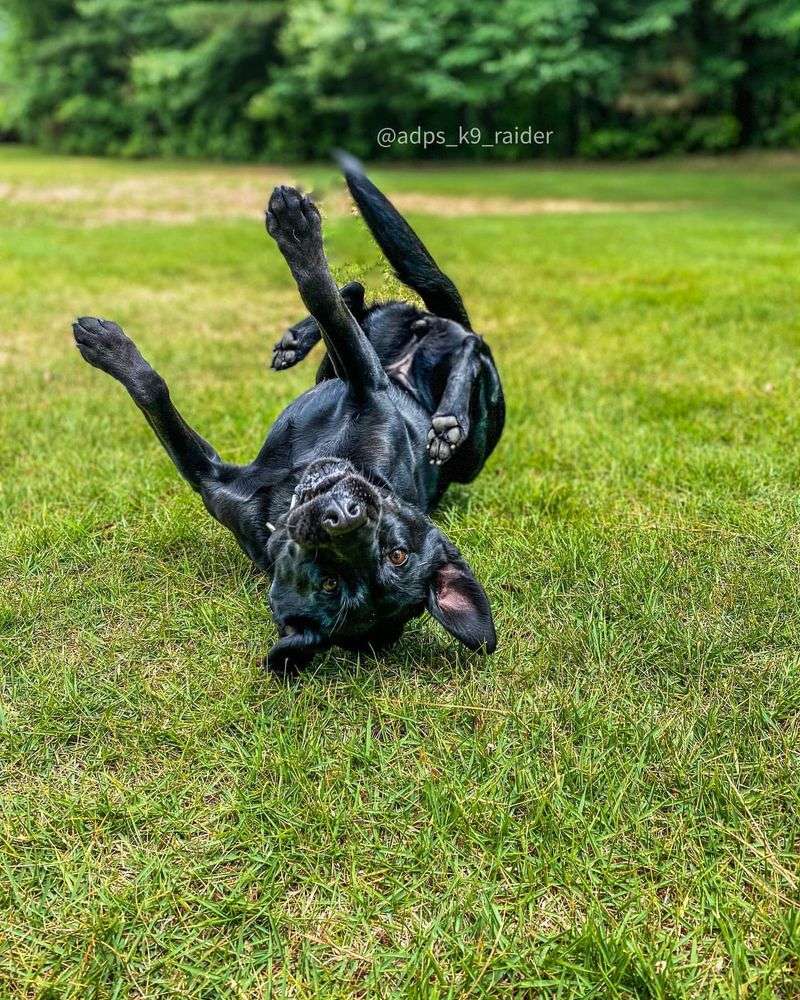
When a dog rolls over and exposes their belly, it can be a sign of submission or trust. They’re letting you know that they feel safe and are open to affection.
However, it could also be a playful move, signaling that they’re in the mood for a belly rub or simply inviting you to engage in a game.
14. Chewing
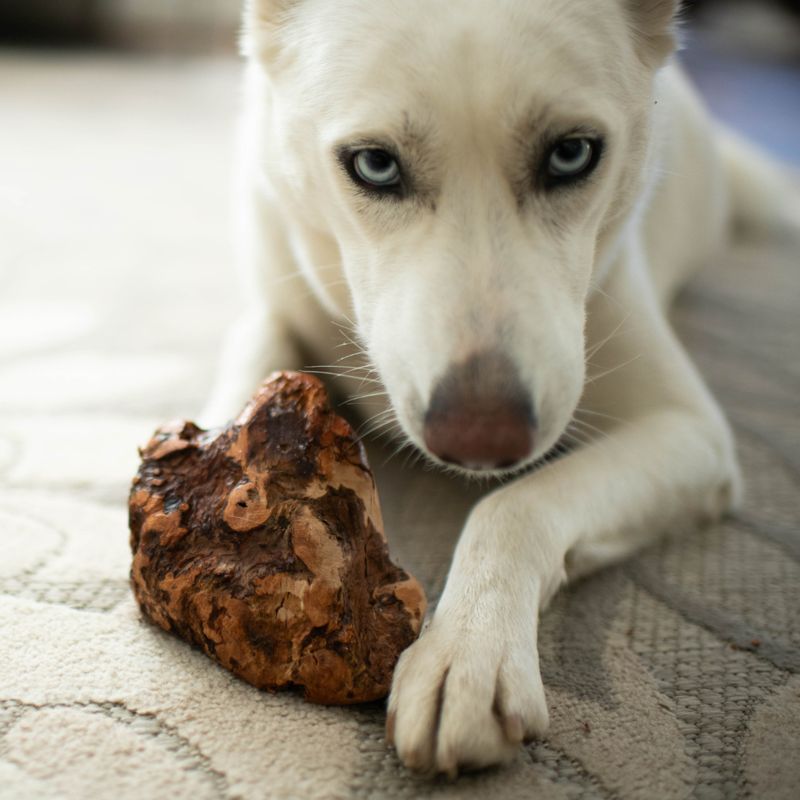
Chewing is a natural behavior for dogs, but it can also be a way for them to express boredom, anxiety, or stress.
Dogs may chew on their toys, furniture, or even on your shoes when they’re feeling anxious or need to expend energy. It’s their way of coping with emotions or simply staying occupied.


